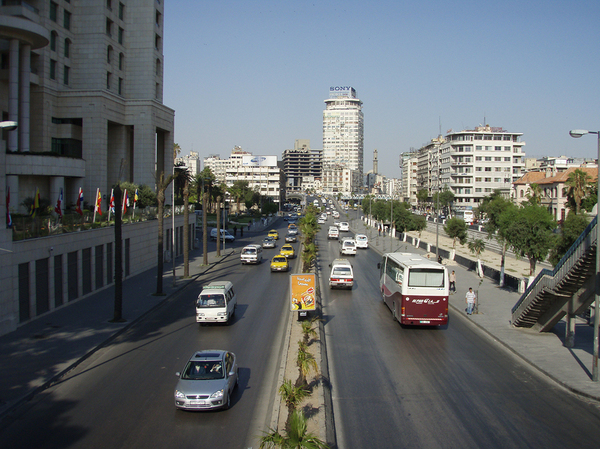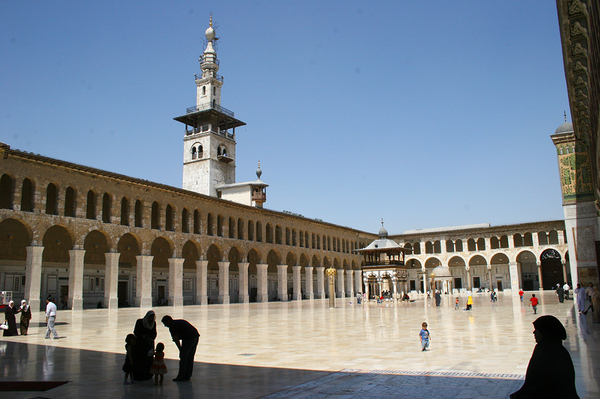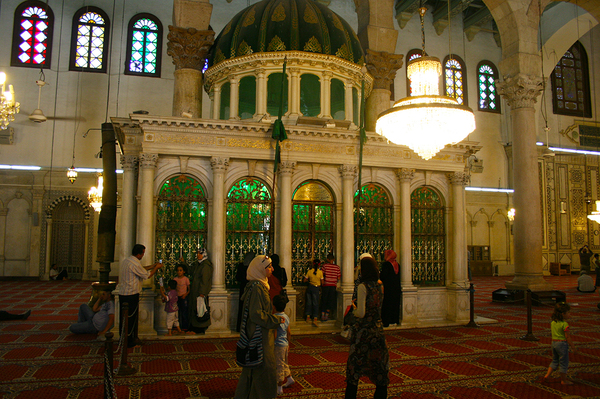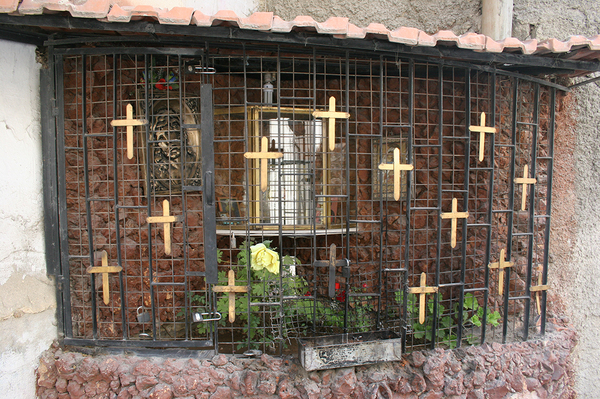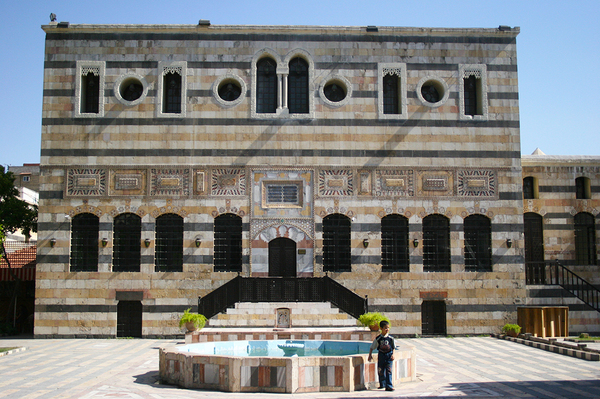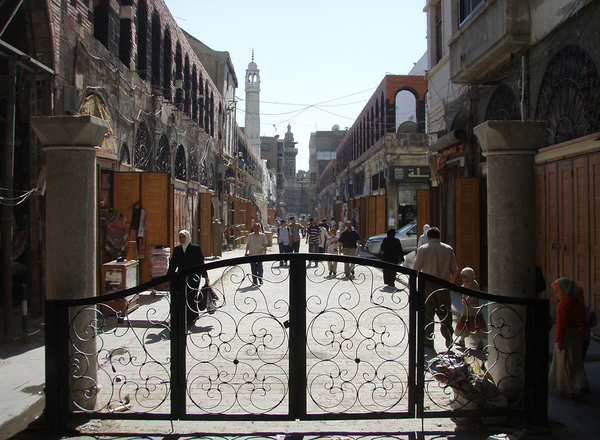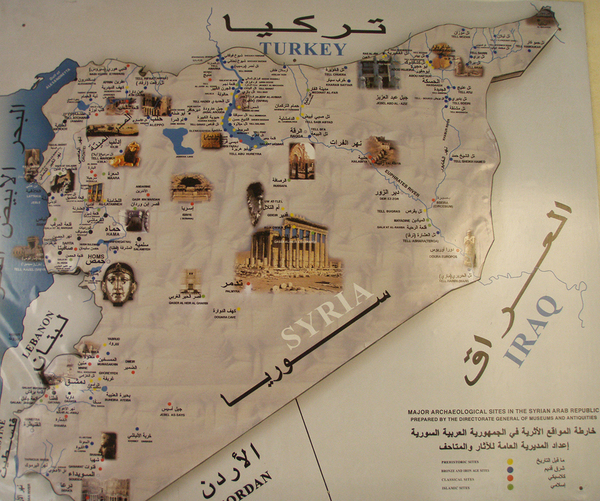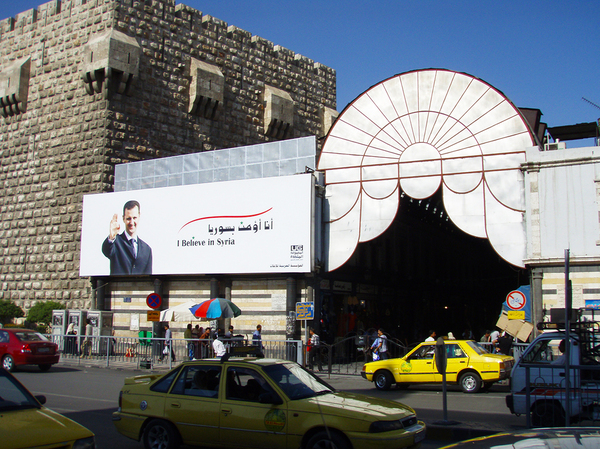"For my 30th birthday, I gave myself a trip to the Middle East!"
When I organized that trip in 2008 I never believed I would have to say that sentence so many times in the years since. Every time I returned to the U.S. from overseas travel after June 2008, I had to explain why my passport contained a Syrian visa. The most ignorant, and sadly, most common phrase I would hear upon returning home (even when crossing the Canadian border) became: "Why would anyone go to Syria?"
This was a few years before the Arab Spring, and subsequent conflicts that have led Syria to become a mere shadow of the country I remember visiting. A visit which I remember as "amazing," "powerful," and "welcoming."
Travel, for me, is a kind of religion. I believe in a series of unifying axioms that make travel a transformative experience bestowing enrichment towards becoming a true steward of our world. And on behalf of "Travel," let me answer the question, "Why would anyone go to Syria?" In doing so, I hope to add a human element to our ongoing discussion of Syria's current reality.
Rue Shukri al Quwatli was my first image of the center of Syria's capital, Damascus, after my group taxi dropped me off having traveled from Jordan.. My first thoughts: simple, uncrowded, clean, unassuming. Nothing was terribly shocking (unless you consider a completely clean main thoroughfare through the center of downtown to be shocking), and the day was a beautiful Wednesday. Damascus was going to be my only Syrian city I'd be able to explore and I intended to make the most of it.
The Al-Hamidiyah Souq (souq is the arabic term for marketplace) creates an instantaneous atmosphere from centuries ago, and as the gateway to the 'old city' of Damascus it can act as a time tunnel to a location awash with historical power. The 'old city' has been the site of constant human habitation for at least 4,000 years. The tales of the ground upon which I was standing would have filled volumes and volumes of history books, and I could feel it. Few cities in the world evoke such emotion.
At the end of the Al-Hamidiyah Souq stands an absolutely amazing structure containing something guaranteed to surprise you. The Umayyad Mosque (also known as the Great Mosque of Damascus), considered by some as the fourth holiest mosque of the Islamic Religion, is 1,300 years old built upon the site of the Church of John the Baptist, itself constructed upon the site of the Temple of Jupiter. I was instantly surprised that the mosque was completely open to visitors (those dressed according to religious norms). Saudi Arabia's Sacred Mosque and Prophet's Mosque (a contemporary of the Umayyad Mosque) are completely off limits to any non-muslim, while the Great Mosque of Damascus was friendly, open, and inviting. It fazed no one that a tall, western non-muslim photographer walked for hours around every corner of the mosque in a state of complete awe. I was able to sit quietly without being disturbed to reflect on being inside one of the only Islamic structures as old as the religion itself.
Next to a gorgeous emerald green shrine within the mosque dedicated to the Muslim prophet Yahya, I read the history book I'd brought to shed light on sights around me. I learned then that Yahya goes by another name. Christians refer to him as John the Baptist, whose severed head was the subject of centuries of storytelling - and whose severed head was located within the shrine next to where I sat.
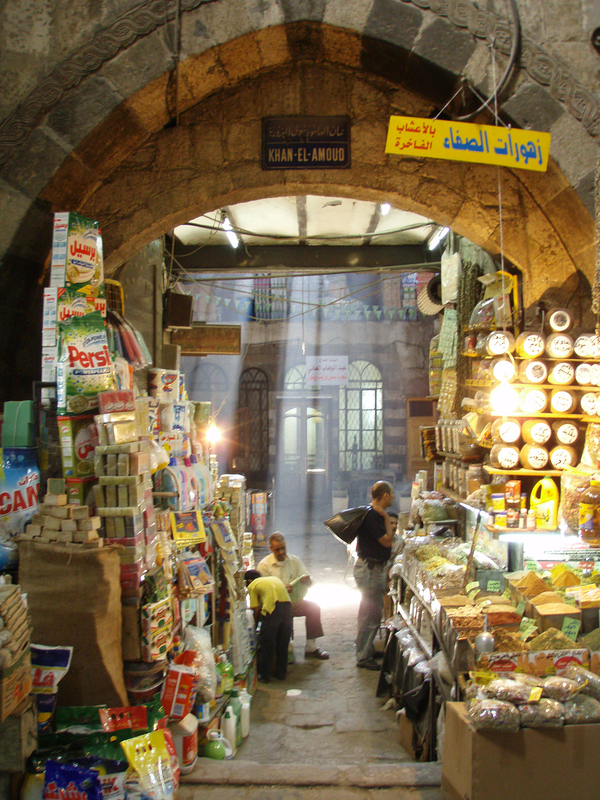
I felt welcome in every corner and every alley of the 'old city.' Each of my friends who'd looked at me with uninformed skepticism at my choice to visit Damascus had been proven incorrect. I was greeted with smiles, treated with respect, and offered hospitality. I didn't have to pretend I wasn't an American.
I noticed shrines to Mary and Jesus were scattered here and there throughout the city, symbols of the 10% of Syria's population practicing Christianity. Damascus was one of the very first cities in the world to receive the teachings of St. Peter and St. Paul, the stories of Jesus, and Christian conversion. At one time in history more Christians lived in what is now Syria than anywhere else.
The little boy in this photo is playing in the courtyard of the Azem Palace, a spectacular illustration of Ottoman architecture as well as restoration post-war. During the Syrian Revolt (an attempt in 1925 to toss out the ruling French), artillery destroyed a large portion of the Palace -- a beautiful piece of history forced to be reconstructed following conflict. The familiar theme in areas rocked by war is that things can be replaced... people cannot.
Before leaving the 'old city', I stumbled upon a very "up and coming" Damascene street -- new stalls for businesses, a fresh gate for a walking street, and the sounds of busy construction. Rarely in America do you ever see an entire street embroiled in such preparation for new commerce. It was a reason to smile.
My final tourist site of the day was the National Museum, home of a seemingly endless set of historical relics and artifacts. That facade you see is the original entranceway to a 6th century castle (the Qasr al-Hayr al-Gharbi), a national symbol of Syria. This however is not the highlight of a visit to the National Museum. Presented in a state of unprecedented preservation are the surviving frescos of the Dura-Europos synagogue, one of the oldest Jewish houses of worship ever found. Before there was Christianity, and before there was Islam, Syria was the home of tens of thousands of Jews. In 2008, less than 100 Jews still lived there.
In fact the wealth of Syria's archaeological treasures extends far beyond the world's three major monotheistic religions. Modern Syria encompasses an area which has been the site of civilizations for thousands and thousands of years. Few nations on Earth can boast such a testament of human history. I was energized upon seeing this map. My time in Syria was so limited; I would have to organize an entire future trip around touring the sites listed. I still hope to accomplish that someday.
I knew who Bashar al-Assad was before taking my Middle Eastern Birthday trip. I knew he was a dictator, not exactly a humanitarian for his people. I knew this billboard was propaganda when I saw it, and I knew that if I ever showed this photo to anyone it would be to illustrate something unfortunate.
"Why would anyone go to Syria?"
Because it's an absolutely incredible place! My trip, albeit very short, was educational, entertaining, and inspirational.
Inspirational because I very much want to return someday. And the civil war decimating the country, plastered on every newsfeed almost everywhere in the world, stings at my gut when I wonder about the people I met during my time there.
This is not an opinion piece meant to sway anyone's thoughts on what (if anything) the U.S. should do with regards to the conflict. Honestly, I struggle with my own opinions on what could possibly end the conflict there in the most swiftly humane way.
It's simply my hope to give a sense of Syria to those that have never been there. It's my hope we can remind ourselves that Syrians are people very much like us in all the ways that matter. It's my hope that in the discourse to follow we can speak about the unspeakable in Syria with a more well-rounded sensibility. It's my hope we can bring the human element back to that discourse.
That's why I Travel. That's why I traveled to Syria.
